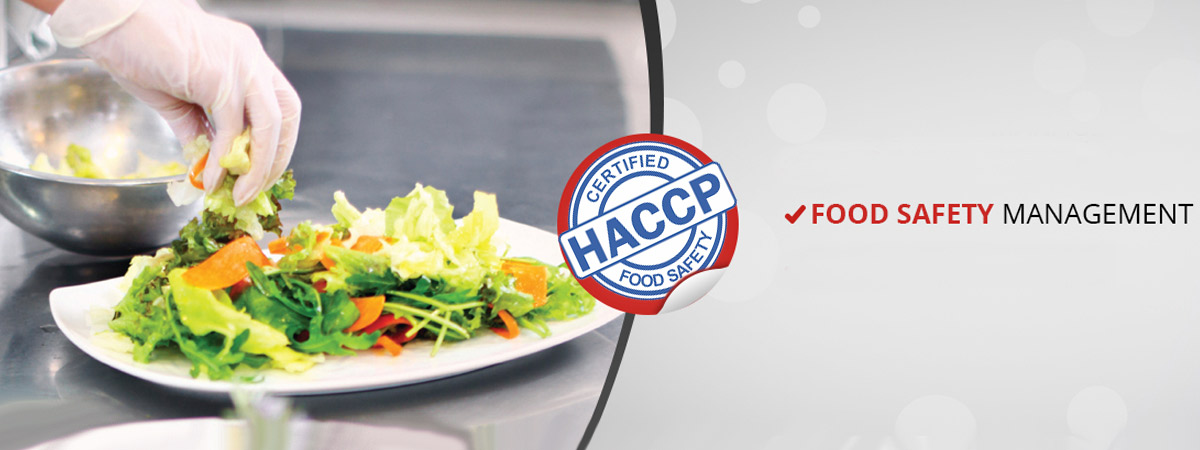

Hazard analysis and critical control points, or HACCP , is a systematic preventive approach to food safety from biological, chemical, and physical hazards in production processes that can cause the finished product to be unsafe and designs measures to reduce these risks to a safe level. In this manner, HACCP attempts to avoid hazards rather than attempting to inspect finished products for the effects of those hazards. The HACCP system can be used at all stages of a food chain, from food production and preparation processes including packaging, distribution, etc. The Food and Drug Administration (FDA) and the United States Department of Agriculture (USDA) require mandatory HACCP programs for juice and meat as an effective approach to food safety and protecting public health. Meat HACCP systems are regulated by the USDA, while seafood and juice are regulated by the FDA. All other food companies in the United States that are required to register with the FDA under the Public Health Security and Bioterrorism Preparedness and Response Act of 2002, as well as firms outside the US that export food to the US, are transitioning to mandatory hazard analysis and risk-based preventive controls (HARPC) plans.
The seven HACCP principles are included in the international standard ISO 22000 FSMS 2011. This standard is a complete food safety and quality management system incorporating the elements of prerequisite programmes(GMP & SSOP), HACCP and the quality management system, which together form an organization's Total Quality Management system.
Other standards, such as Safe Quality Food Institute's SQF Code, also relies upon the HACCP methodology as the basis for developing and maintaining food safety and food quality plans and programs in concert with the fundamental prerequisites of good manufacturing practices.